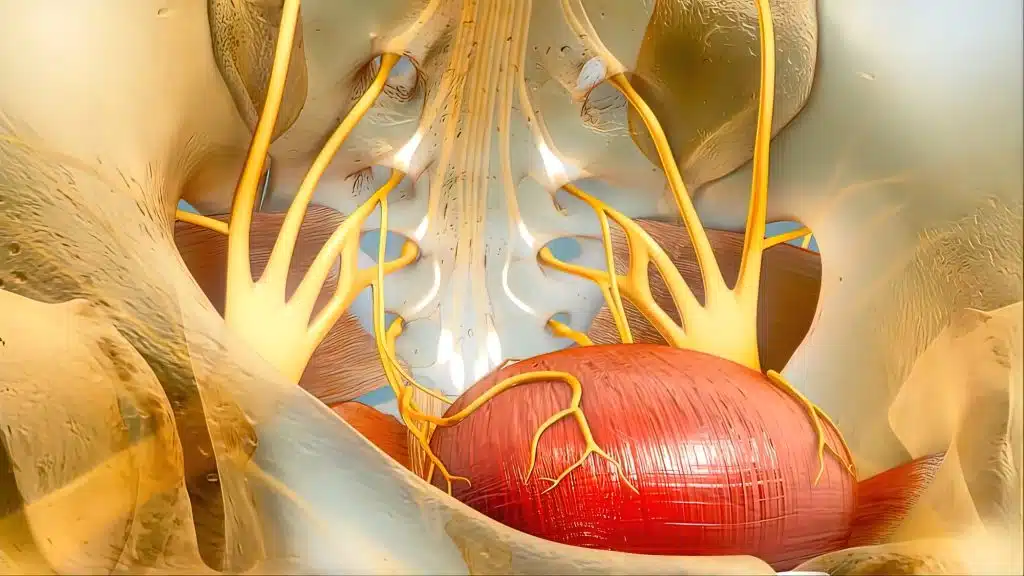The dorsal root ganglion is an essential cluster of nerve cell bodies, known as neurons, located just outside the spinal cord. These ganglia play a crucial role in conveying sensory information from the peripheral to the central nervous system. Each ganglion corresponds to a pair of nerves that emerge from a specific level of the spine, thus forming a reliable channel for transmitting signals related to touch, pain, temperature, and proprioception from various parts of the body to the brain.
Understanding the anatomy of the dorsal root ganglion is vital as it forms the anatomical bridge between the peripheral and central nervous systems. These ganglia are pivotal in the initiation and transmission of sensory stimuli, allowing us to respond to the external environment effectively. Given their critical function in sensory processing, any damage or dysfunction in these structures can lead to a range of sensory disorders, illuminating the importance of ongoing research into their pathophysiology and treatment.
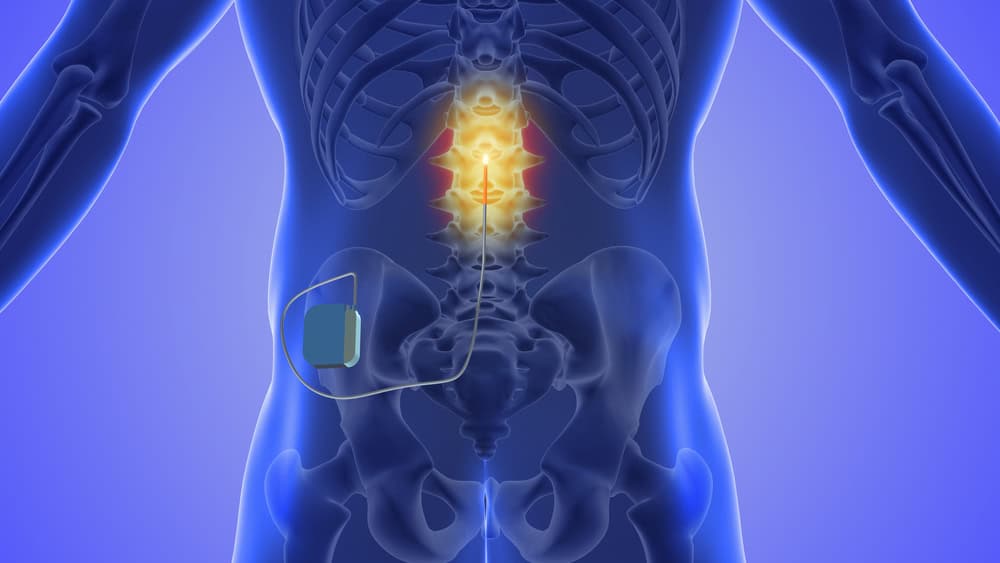
Key Takeaways
- The dorsal root ganglion is crucial for transmitting sensory information to the central nervous system.
- Damage to these ganglia can impact sensory function and lead to disorders.
- Research into the dorsal root ganglion informs potential treatments for related sensory conditions.
Anatomy of the Dorsal Root Ganglion
The dorsal root ganglion (DRG) is a pivotal structure in the human nervous system, intricate in both its architecture and function. It serves as a relay point for sensory information conveyed from the peripheral to the central nervous system.
Location and Structure
The DRG is situated laterally to the spinal cord. This cluster of neuronal cell bodies resides at each level of the spinal column, where it is closely associated with the dorsal nerve roots. Its structure is characterized by a pseudounipolar neuron configuration, where each neuron’s axon bifurcates into two branches: one that extends into the periphery and another that projects to the spinal cord.
Neuronal Cell Bodies
Within the DRG, the neuronal cell bodies play a crucial role as they are the sensory neuron’s headquarters. These cell bodies are enveloped by satellite glial cells which provide support and protection. Sensory neurons within the ganglion are predominantly pseudounipolar, meaning they have a single axon that splits into two different processes.
Peripheral and Central Processes
Each neuron within the DRG extends an axon that is divided into two parts: the peripheral process and the central process. The peripheral process carries sensory information from the sensory receptors towards the ganglion, while the central process carries this information from the ganglion into the gray matter of the spinal cord. Together, these processes are essential for transmitting a diverse array of sensory modalities, including pain and temperature, to the central nervous system for interpretation.
Physiology and Function
In discussing the dorsal root ganglion (DRG), our focus is on the crucial roles of sensory signal transduction and pain transmission conducted by its neuronal components. These processes involve a variety of cellular interactions and neural mechanisms.
Is The Dorsal root ganglion safe with ongoing spinal issues?
Dorsal Root Ganglion (DRG) stimulation can be used to treat chronic pain associated with ongoing back issues or disorders, particularly when these conditions involve neuropathic pain components. Conditions such as failed back surgery syndrome (FBSS), chronic lower back pain, and radicular pain (pain radiating from the spine to the extremities) can benefit from DRG stimulation. By targeting the specific nerve clusters involved in transmitting pain signals, DRG stimulation can provide significant relief even when other treatments have failed.
Patients with persistent back pain that has not responded to conventional treatments like medications, physical therapy, or even previous surgical interventions are often good candidates for DRG stimulation. The procedure offers a less invasive alternative to additional surgeries and can provide long-term pain management, enhancing the patient’s quality of life. As with any medical treatment, it’s important to discuss with a healthcare provider to determine if DRG stimulation is the appropriate option based on the specific diagnosis and overall health condition.
Sensory Signal Transduction
In the pathway of sensory signal transduction, dorsal root ganglion neurons serve as pivotal points. Each pseudounipolar neuron within the DRG contains a central cell body with a single, short axon that bifurcates, leading to the peripheral nervous system (PNS) and central nervous system (CNS). Signals such as touch, temperature, and vibration are captured by peripheral receptors like mechanoreceptors and free nerve endings. Upon stimulation, these receptors open specific ion channels, facilitating an influx of ions that trigger an action potential. This electrical signal travels along the axon towards the cell body in the DRG, and then proceeds to the spinal cord’s dorsal horn via the ascending nerve tracts.
- Sensory input: Touch, vibration, proprioception
- Reception: Mechanoreceptors, free nerve endings
- DRG role: Site of signal integration and relay
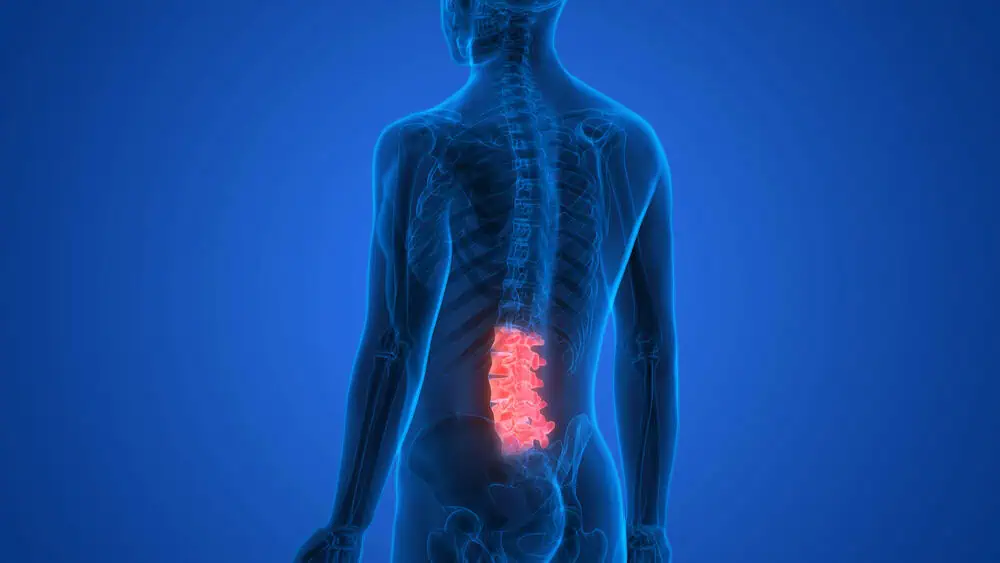
Nociception and Pain Transmission
Nociception, or the sensation of pain, is another vital function of the DRG. Here, specialized nociceptors recognize potentially damaging stimuli and initiate the pain transmission process. The activation of nociceptors is mediated by molecules like substance P and changes in temperature or pressure. The action potential from nociceptors also travels through the DRG, where satellite glial cells modulate neuronal activity by regulating the extracellular environment or releasing neurotransmitters such as GABA. In the CNS, pain signals are further processed within the dorsal horn, leading to our conscious perception of pain. Sodium channels are essential for the propagation of action potentials during this phase, and targeting these channels with interventions such as steroid injections can help manage pain.
- Pain signal initiation: Nociceptors
- Signal modulation: Satellite glial cells, neurotransmitters
- Propagation: Sodium channels, dorsal horn processing
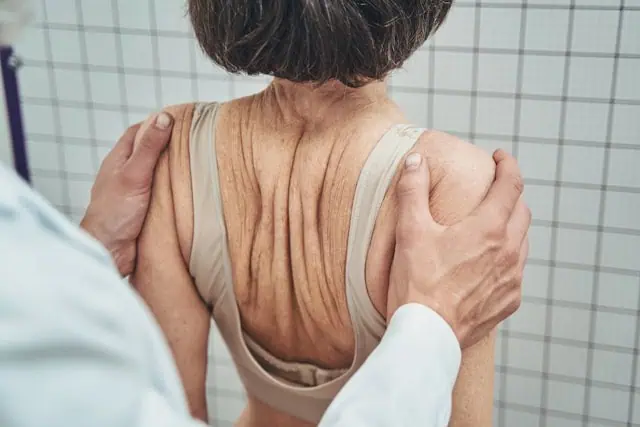
Pathophysiology
In addressing the pathophysiology of the dorsal root ganglion (DRG), we focus on its critical role in chronic pain and inflammation, and the development of neuropathic pain. The DRG is pivotal in the relay of pain signals to the central nervous system, influenced by factors such as neurotrophic support, inflammation, and physical compression.
Chronic Pain and Inflammation
Chronic pain often involves the DRG, where inflammation can lead to hyperexcitability of sensory neurons. We understand that elevated levels of pro-inflammatory cytokines and chemokines in the DRG contribute to pain sensitization. In studies using cadaver and magnetic resonance imaging (MRI) scans, physical conditions like a herniated disc can exert pressure on the DRG, leading to an inflammatory response. These instances of compression, both intraspinal and extraforaminal, cause alterations in pain transmission pathways, making them more prone to generating chronic pain.
Neurotrophic factors, such as nerve growth factor, also play a role in the sensitivity of pain responses. These proteins support the health and maintenance of neurons within the DRG. In inflammation, changes in the availability of neurotrophic factors can modulate the expression of molecules like calcitonin gene-related peptide (CGRP), which are associated with pain signaling.
Neuropathic Pain Development
Neuropathic pain arises when there is damage to the nervous system, including our peripheral nerves, leading to malfunctioning pain transmission. Neuropathic pain development involves changes at the level of the sensory neuron somata within the DRG. Aberrant signaling in these neurons can stem from changes in ion channel expression and function, influenced by factors such as inflammation or nerve injury.
We note that the DRG contains the cell bodies of sensory neurons, including chemoreceptors, that relay information about painful stimuli to the brain. When injurious events alter the DRG’s environment, such as through nerve damage or mechanical pressure, it can cause the neurons to fire aberrantly, leading to sensations of pain even in the absence of a typical pain stimulus. This is a hallmark characteristic of neuropathic pain, which can be notoriously difficult to treat due to its complex nature and multitude of underlying causes.
Diagnostic and Therapeutic Approaches
In our quest to manage dorsal root ganglion (DRG)-related pain, we prioritize accurate diagnosis and effective treatment methods. Let’s explore clinical diagnostic tools, modern imaging techniques, and innovative treatment options vital for targeting this complex issue.
Clinical Diagnosis
We begin by gathering a thorough patient history and conducting physical examinations to pinpoint symptoms of neuropathic pain that may suggest DRG involvement. Chronic pain, inflammation, and sensitivity indicate a possible DRG origin. Specific diagnostic blocks, such as anesthetic infiltration of the suspected spinal ganglion, can confirm the DRG as a pain generator.
Imaging Techniques
Imaging modalities like Magnetic Resonance Imaging (MRI) offer us a non-invasive means to visualize potential anatomical contributors to DRG-related pain. MRI can reveal conditions like intervertebral foramen narrowing or intraspinal compression, which may impinge on the DRG. Detailed images aid our understanding of the affected vertebral level and the blood supply to the DRG.
Treatment Options
Once we diagnose DRG-related neuropathic pain, we tailor our treatment approach to the individual’s needs. Our options include:
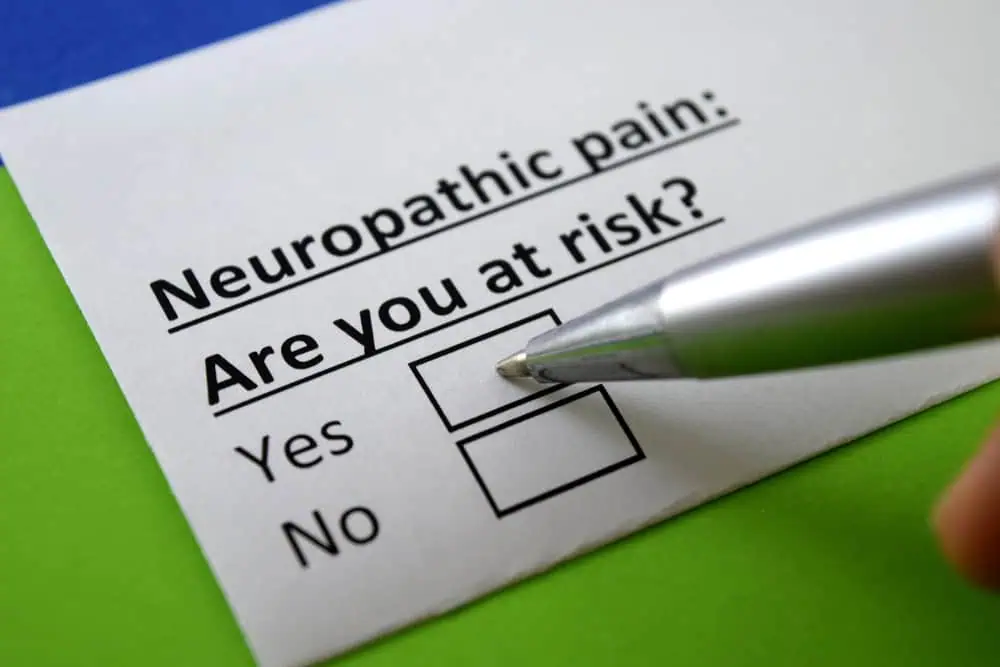
- Neurostimulation: We employ DRG stimulation, directing electrical currents to the affected ganglion to alleviate pain.
- Radiofrequency Therapies: Techniques like radiofrequency ablation and pulsed radiofrequency target the nerve tissue directly, often resulting in significant pain relief.
- Neuromodulation Therapy: This therapy modulates ion channels and nerve activity within primary sensory neuron somata, aiming for a sustained pain reduction.
For specific conditions like complex regional pain syndrome (CRPS), these treatments, especially DRG stimulation, have shown remarkable efficacy. In select cases, surgical interventions such as dorsal rhizotomy or gangliectomy might be considered. However, these are typically reserved for severe and refractory cases due to the higher associated risks.
Research and Future Directions
Recent research in addressing chronic pain targets the dorsal root ganglion, as understanding of its role in pain transmission has progressively advanced. We will explore current neurobiological studies and advancements in pain management relating to dorsal root ganglion therapeutics.

Neurobiological Studies
We have seen significant strides in deciphering the complex nature of the dorsal root ganglia. Through careful neurobiological studies, we are beginning to unravel the intricacies of neuronal cell bodies, discovering the importance of ion channels in sensory transduction, and the specialized functions of glial cells. Studies involving rat DRG neurons have highlighted the role of ion channels, such as sodium channels, in generating action potentials. Understanding the embryology and phenotypic characteristics of DRGs allows us to better grasp the peripheral processes that influence sensory neural signals, and how this can lead to conditions such as neuropathic pain and complex regional pain syndrome.
Advancements in Pain Management
Our approach to managing pain has evolved with the discovery of the dorsal root ganglion’s role in pain transmission. Various therapies, including neurostimulation and DRG stimulation, are being utilized to interrupt pain signals. These methods aim to reduce the symptoms of chronic pain conditions by altering neuronal activity within DRGs. Additionally, treatments such as radiofrequency ablation and ganglionectomy have been utilized to target DRG directly, providing relief from pain by modifying or removing certain elements of the pain pathway. Neurotrophic factors and the modulation of neurotransmitters, such as glycine, are areas of ongoing research, highlighting potential avenues for further therapeutic interventions.
Our continued research and clinical trials will establish more effective strategies for pain relief, potentially improving the lives of individuals suffering from various chronic pain disorders.
Frequently Asked Questions
In this section, we address some common inquiries regarding the dorsal root ganglion and its significance within the nervous system.
What is the role of the dorsal root ganglion in the nervous system?
The dorsal root ganglion (DRG) plays a crucial role as a hub for sensory information, routing these signals from the peripheral nervous system to the central nervous system. It serves as the collection point for the cell bodies of sensory neurons.
How is the dorsal root ganglion involved in sensory signal processing?
The DRG is primarily involved in transmitting sensory information to the brain. This includes processing various types of stimuli such as pain, temperature, and touch, facilitating our ability to react to the environment.
What are the consequences of damage to the dorsal root ganglion?
Damage to the DRG can result in disrupted sensory function, often leading to conditions such as chronic pain, numbness, or altered sensations. In some cases, this can manifest as neuropathic pain syndromes.
How do the histological features of the dorsal root ganglion relate to its function?
Histologically, the DRG contains neuronal cell bodies with a unique pseudounipolar structure, which is optimized for the rapid transmission of sensory signals from the periphery to the central nervous system.
What distinguishes the dorsal root ganglion from the ventral root ganglion?
Unlike the dorsal root ganglion, the ventral root ganglion does not actually exist. Instead, the ventral roots contain the axons of motor neurons that transmit signals from the CNS to the muscles and glands, whereas the DRG contains sensory neuron cell bodies.
What symptoms may indicate a problem with the dorsal root ganglion?
Symptoms indicating a DRG issue could include chronic pain, hypersensitivity to stimuli, or loss of sensation. These symptoms are typically localized to the sensory distribution area of the affected ganglion.














